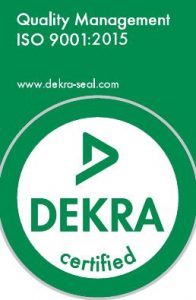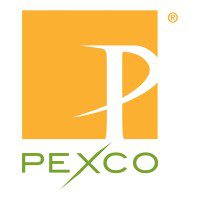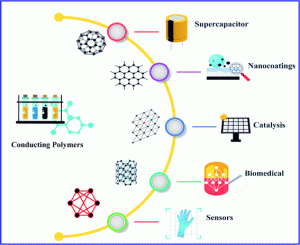 Conductive polymers such as FEP and PFA are a class of materials that exhibit electrical conductivity while maintaining the mechanical properties and processability of traditional polymers. These materials have garnered significant attention and research interest due to their unique combination of properties, which offer a wide range of potential applications. Here are some of the benefits of conductive polymers:
Conductive polymers such as FEP and PFA are a class of materials that exhibit electrical conductivity while maintaining the mechanical properties and processability of traditional polymers. These materials have garnered significant attention and research interest due to their unique combination of properties, which offer a wide range of potential applications. Here are some of the benefits of conductive polymers:
- Electrical Conductivity: Conductive polymers can conduct electricity, making them suitable for various electronic and electrical applications. Unlike traditional insulating polymers, which do not conduct electricity, conductive polymers can carry electrical currents.
- Lightweight and Flexible: Conductive polymers are lightweight and flexible, which makes them ideal for applications where traditional conductive materials like metals would be impractical due to their weight or lack of flexibility. This property is particularly advantageous in wearable electronics, flexible displays, and flexible sensors.
- Processability: Conductive polymers can be processed using conventional polymer processing techniques, such as injection molding. This ease of processing allows for the production of complex shapes and making them versatile materials for various applications.
- Corrosion Resistance: Unlike metals, conductive polymers are generally corrosion-resistant, making them suitable for use in harsh environments, such as marine or chemical processing applications.
- Biocompatibility: Some conductive polymers are biocompatible, which means they can be used in medical devices, implantable electronics, and tissue engineering applications without causing harm to living tissues.
- Low Cost: Conductive polymers are often more cost-effective than traditional conductive materials like metals or semiconductors. This cost advantage can make them attractive for large-scale applications.
- Energy Storage: Conductive polymers are used in energy storage devices, such as supercapacitors and batteries, due to their ability to store and release electrical energy efficiently.
- Sensors and Actuators: They are used in various sensor and actuator applications, including chemical sensors, gas sensors, strain sensors, and smart materials that can change shape or properties in response to electrical stimuli.
While conductive polymers offer many advantages, they also have some limitations, such as lower electrical conductivity compared to metals and sensitivity to environmental factors like moisture and oxygen.
For more information on electrically conductive materials and how Performance Plastics leverages their use, please contact Rich Reed, Vice President of Sales & Marketing at 440-785-7122 or [email protected]



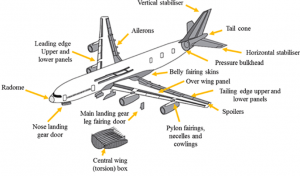



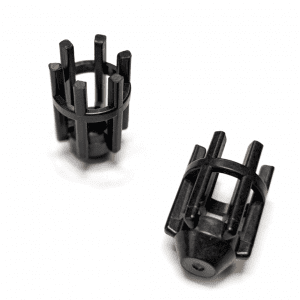
 Introducing the EnduroSharp® TSR Cutter, specifically designed for larger aircraft maintenance applications. Made from resharpenable Torlon®, the SR Cutter is the newest addition to the EnduroSharp® line of tools.
Introducing the EnduroSharp® TSR Cutter, specifically designed for larger aircraft maintenance applications. Made from resharpenable Torlon®, the SR Cutter is the newest addition to the EnduroSharp® line of tools.
